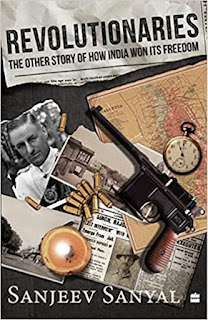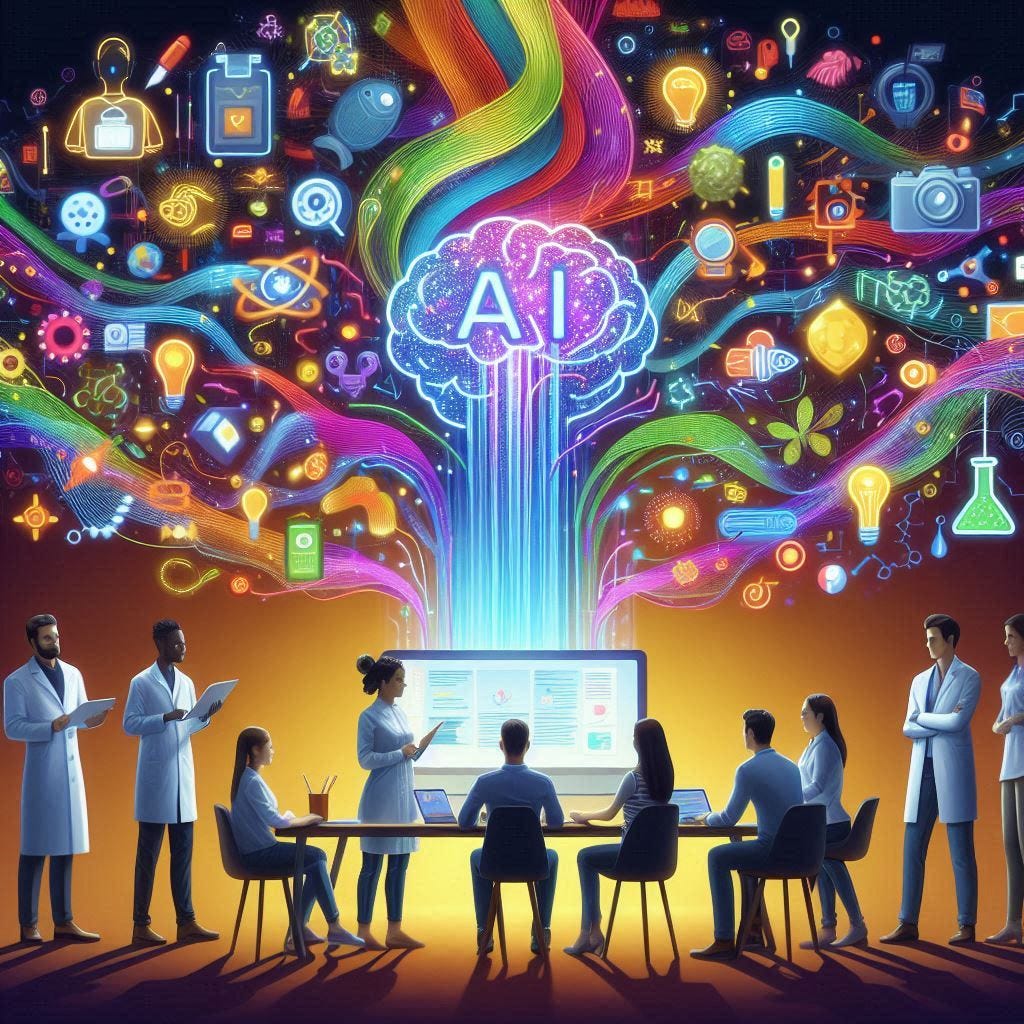There is one popular narrative about the freedom movement against the British that mainly focuses on the role of Indian National Congress and the Non-cooperation movement. A lot has been written about it.
Premise
This book by Sanjeev Sanyal talks about the role and impact of various revolutionaries and nationalists during the freedom movement. While some information about popular revolutionaries is already available in various books and texts, the books brings all revolutionaries activities across the united India, in the late 19th and early 20th century together.
It is generally believed that these revolutionary activities were scattered. But this well researched book connects various movements, the interactions between the leaders of these movements, the tough lives of revolutionaries.
British built the dreaded Cellular Jail, far away from the main land, on the island of Andaman, for those whom they considered most dangerous. Many of the revolutionaries were sent to this Cellular Jail for life terms aka Kala Pani. The book also talks in great detail about their life at the Cellular Jail, quoting the references from the books like Bandi Jieevan (Sachindra Nath Sanyal) and others.
Highlights
After the 1857 War of Independence, which British termed as Mutiny, the Queen took over the controls of India. The setback did affect Indians and India almost lost its confidence by the end of 19th century.
The events of 1857 had inspired many revolutionaries, and they believed that similar revolt by the Indians serving in the British Army is the path towards freedom. This remained an inspiration behind all the revolutionary activities across Indian geography.
There were instances of resistance, but it was scattered and didn’t cause much trouble to the British. This was the period when India was going a lot of internal turmoil. Finally by the end of the 19th century, revolutionary activities started getting momentum.
The books talks about all these (and few more) instances of well-coordinated armed resistance. It takes us on a captivating journey from the courage of Chapekar Brothers to the bravery of INA soldiers.
The book also showcases interactions and relations between members of INC, Communists, Hindu Mahasabha and revolutionaries. A number of times revolutionaries worked alongside other groups or even received financial assistance.
Revolutionary movements and the overall freedom movement was influenced by various international and domestic events. There were things that happened in other parts of the world, like Russian Revolution, Irish War of Independence, World War I and II. The books also nicely integrate this in its storytelling.
And finally, the books talks about the legacy of the revolution movement in post-Independence India and how it shaped the political and cultural landscape till date.






No comments:
Post a Comment